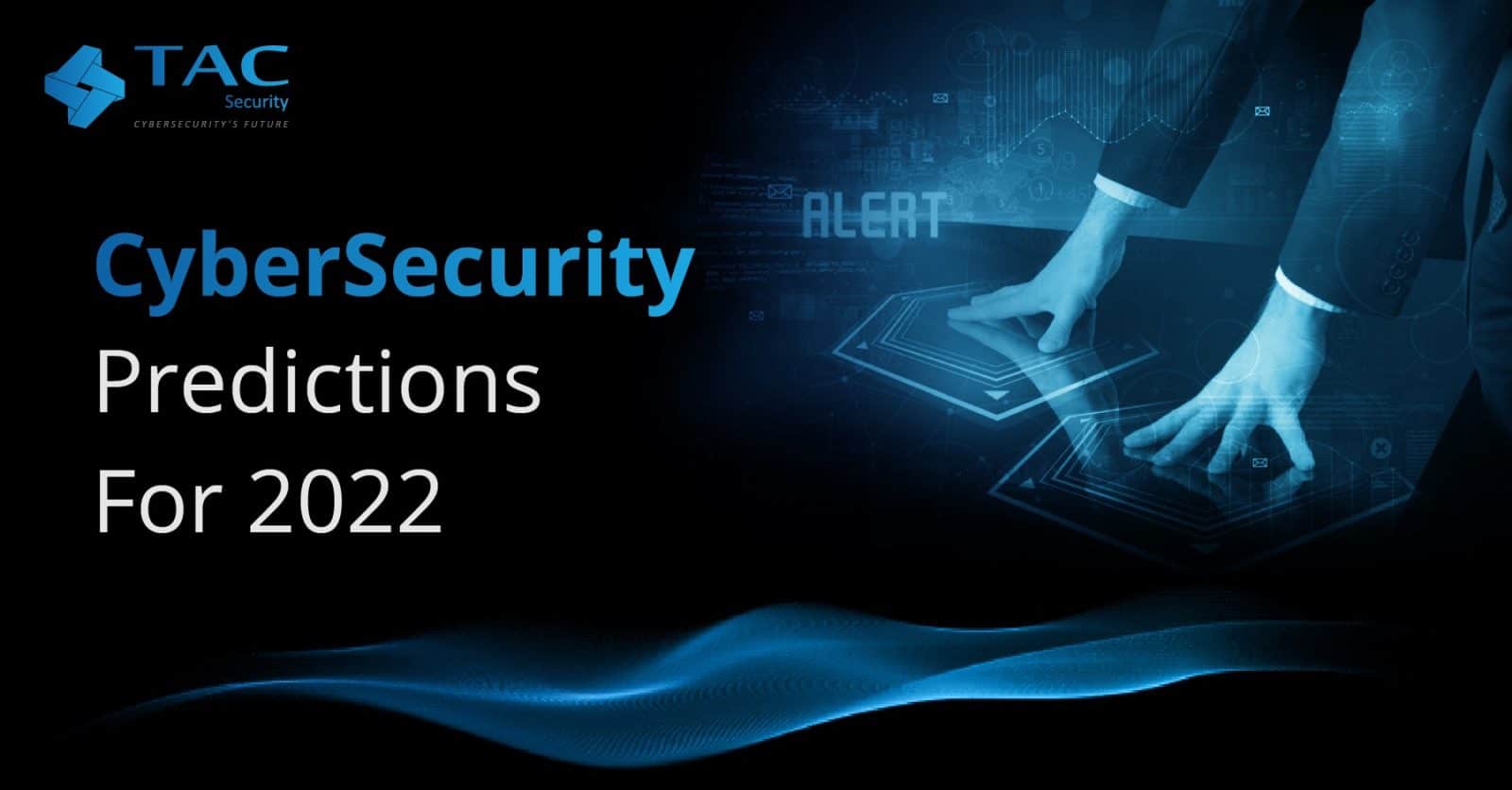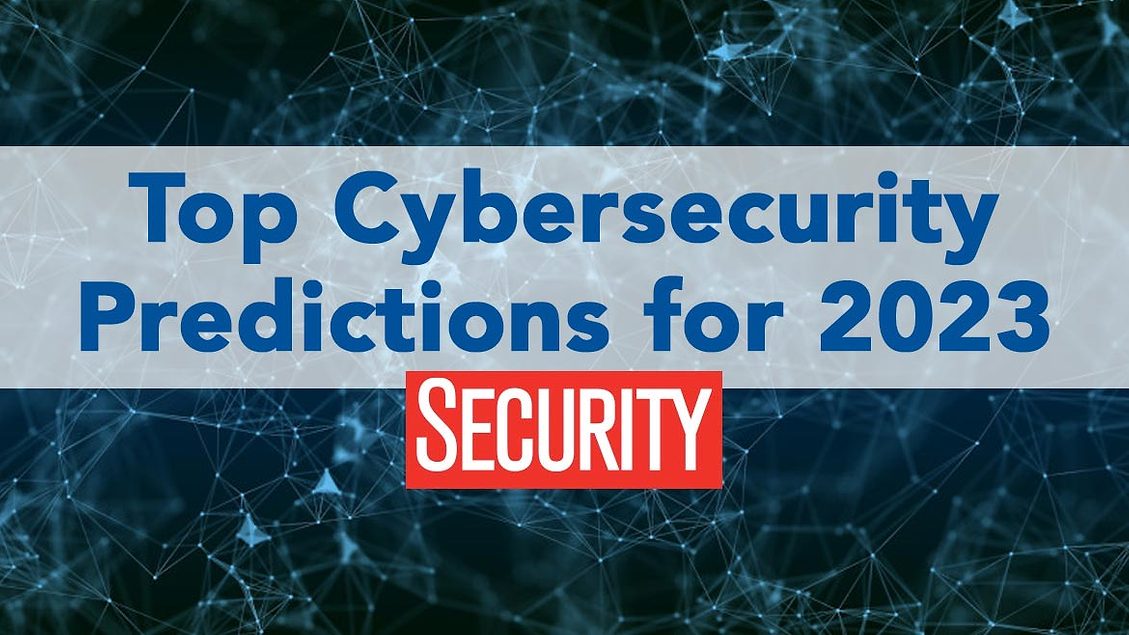Leading Cybersecurity Forecasts for 2024: Stay Ahead of Arising Dangers
As we come close to 2024, the cybersecurity landscape is poised for significant change, driven by emerging hazards that companies should not only anticipate yet additionally strategically address. The increase of AI-driven cyberattacks, coupled with significantly advanced ransomware techniques, highlights the immediate need for sophisticated defenses. Additionally, the growing variety of IoT devices provides brand-new vulnerabilities that might be exploited. With regulative adjustments coming up and a critical emphasis on cybersecurity training, it is important for companies to reassess their strategies to stay durable. How prepared are you to navigate these progressing challenges?
Increase of AI-Driven Assaults
As companies significantly adopt synthetic intelligence innovations, the possibility for AI-driven strikes is coming to be a critical worry in cybersecurity. Cybercriminals are leveraging AI to enhance the sophistication and efficacy of their attacks, developing a landscape where conventional security measures might fail. These strikes can manipulate maker discovering algorithms to determine vulnerabilities in systems and networks, resulting in much more targeted and damaging breaches.
AI can automate the reconnaissance stage of an attack, making it possible for adversaries to collect substantial quantities of information rapidly (cybersecurity and privacy advisory). This capacity not only shortens the time required to release a strike however also increases its accuracy, making it harder for defenders to anticipate and minimize dangers. Furthermore, AI can be used to develop persuading phishing schemes, create deepfake web content, or control data, better making complex the cybersecurity landscape
Organizations should prioritize the integration of AI-driven cybersecurity remedies to respond to these arising risks. By employing advanced danger discovery systems, organizations can boost their capability to identify and neutralize AI-generated strikes in real time. Continual financial investment in training and understanding programs is also crucial, as it equips staff members to acknowledge and react to potential AI-driven hazards effectively.
Increased Ransomware Sophistication
The surge of AI-driven attacks is not the only pattern improving the cybersecurity landscape; ransomware attacks have likewise advanced, becoming significantly innovative and targeted. As cybercriminals refine their techniques, companies face increased threats that require adaptive methods to minimize potential damages.
Modern ransomware hazards now take advantage of advanced methods, such as dual extortion, where assailants not only encrypt data but also threaten to leak delicate information if their needs are not met. This adds an additional layer of pressure on victims, typically engaging them to pay ransoms to safeguard their track records and consumer trust.
Furthermore, making use of automated tools and artificial intelligence formulas by criminals has structured the attack procedure, allowing them to recognize susceptabilities a lot more effectively and customize their tactics versus details targets. Such growths have led to a worrying surge of strikes on essential framework, medical care systems, and supply chains, stressing the demand for durable cybersecurity structures that focus on real-time danger discovery and feedback.
To respond to these developing risks, organizations must buy comprehensive training, progressed security technologies, and case action plans that include lessons picked up from past ransomware occurrences, ensuring they continue to be one step in advance of increasingly complicated assaults.
Growth of IoT Vulnerabilities
With the quick growth of the Web of Points (IoT), vulnerabilities related to these interconnected gadgets have ended up being an important issue for companies and individuals alike. The expansion of smart gadgets, from home devices to industrial sensors, has actually created a large attack surface for cybercriminals. Several IoT gadgets are deployed with very little safety and security methods, usually using default passwords or obsolete firmware, making them vulnerable to exploitation.
As tools end up being interconnected, the possibility for large attacks rises. Endangered go to website IoT gadgets can serve as entry factors for assaulters to penetrate more safe and secure networks or launch Dispersed Rejection of Solution (DDoS) assaults. The lack of standardization in IoT security measures further intensifies these vulnerabilities, as differing manufacturers execute differing degrees of safety
Furthermore, the raising elegance of malware targeting IoT gadgets presents considerable dangers. Danger stars are consistently establishing new approaches to exploit these weaknesses, resulting in prospective information violations and unapproved accessibility to delicate details. As we relocate right into 2024, organizations should focus on IoT safety, applying durable actions to safeguard their networks and mitigate the threats connected with this quickly expanding landscape.
Governing Adjustments Influencing Safety

In 2024, we anticipate to see a lot more strict compliance demands for companies, particularly those that make or deploy IoT devices. The introduction of laws such as the European Union's Cyber Resilience Act and updates to existing structures like find more information the NIST Cybersecurity Framework will certainly highlight safety deliberately. Organizations will certainly be mandated to execute durable security steps from the first stages of item advancement, ensuring a positive position against prospective vulnerabilities.
Additionally, regulatory bodies are most likely to impose significant charges for non-compliance, engaging organizations to prioritize cybersecurity financial investments. This change will certainly not only improve the general protection posture of organizations however will certainly additionally cultivate a society of accountability in safeguarding customer information. As laws tighten, the onus will progressively drop on business to show conformity and protect against the ever-evolving risks in the digital landscape.
Emphasis on Cybersecurity Training
Organizations' commitment to cybersecurity training is coming to be significantly crucial as risks develop and assault vectors increase. With cybercriminals continually establishing innovative techniques, it is critical for employees whatsoever degrees to understand the risks and acknowledge their duty in mitigating them. Comprehensive training programs gear up team with the expertise and skills necessary to identify discover here possible risks, such as phishing strikes, social engineering techniques, and malware.
In addition, a society of cybersecurity understanding fosters caution amongst employees, minimizing the chance of human error, which stays a considerable vulnerability in many companies. On a regular basis upgraded training components that mirror the most current dangers will ensure that team continue to be educated and with the ability of responding efficiently.


In 2024, companies will likely prioritize continuous education and learning and simulation exercises, enabling workers to exercise their reaction to real-world scenarios. Collaboration with cybersecurity experts for tailored training services may also end up being more prevalent. Ultimately, purchasing worker training not only enhances an organization's defense position but also cultivates a proactive approach to cybersecurity, reinforcing the notion that safety and security is a shared responsibility across the venture.
Verdict
In verdict, the cybersecurity landscape in 2024 will certainly be formed by the increase of AI-driven assaults, increasingly sophisticated ransomware tactics, and the expansion of susceptabilities connected with IoT tools. Governing adjustments will certainly require enhanced conformity procedures, highlighting the significance of integrating security by layout. In addition, a solid emphasis on comprehensive cybersecurity training will certainly be crucial in cultivating a business society resilient to arising hazards. Aggressive adjustment to these patterns will be crucial for efficient defense approaches.